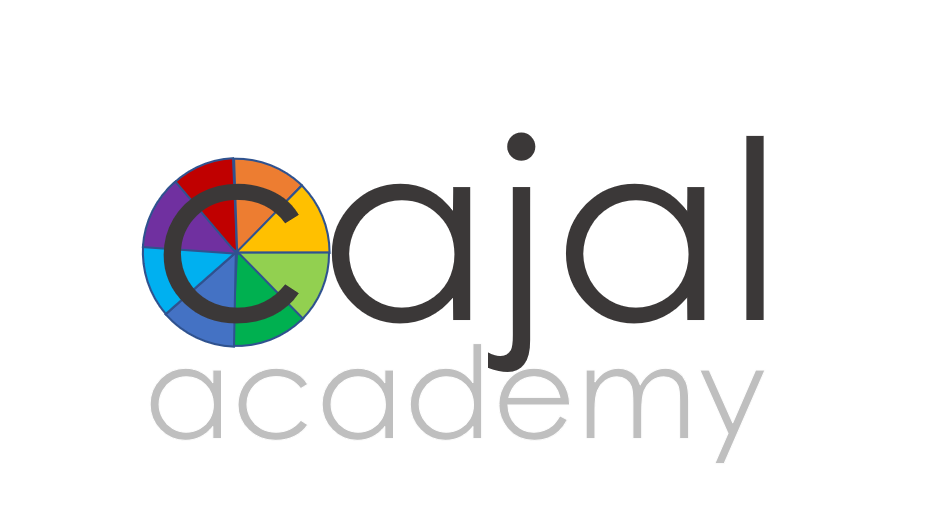Fostering a growth mindset by teaching the science behind it all
“The first day Cajal co-founder Heather Edwards met my son, she lay down on her stomach next to him and started teaching him the scientific names for different types of sensory inputs. He was 6. I told her after their session that I didn’t think he was ready for that. Turns out I was wrong—and soon he was attending mainstream camps with no 1:1, because he knew how to advocate for what his sensory system needs in terms his counselors couldn’t ignore.”
Our Human 101 curriculum gives students a customized “user manual” to understand and gain agency over their own experiences.
Our Human 101 life sciences curriculum is actually a cornerstone piece of our personalized social-emotional programming. Leveraging our cohort’s high analytical skills, we teach our students the science behind their challenges (be they learning, social-emotional or neurophysiological) so they have the information they need to understand logically how a given intervention works—thus making it rational to believe that growth is possible. This in turn fuels an authentic growth mindset and the development of a positive self-identity.
Here is an overview of our curriculum, and how we use it to foster social-emotional growth:
A “user manual” for each student’s unique makeup
Anatomy, neuropsychology, neurology and biology are integrated to help students understand the neurophysiological basis for human emotion, learning, “dysregulation” and more. Curriculum is tailored to present the science needed to understand each child’s challenges, at whatever level of depth they are ready for—all the way to PhD-level explanations delivered by our own Director of Programs, who is a professor at Weill Cornell medical school.
Using science to foster an authentic growth mindset
Very bright kids like the ones in our cohort very often have developed negative self-views through a rational process, based on repeated experiences of attempting a learning task only to run headlong into one of the their hidden challenges, without a lens they could use to predict and prepare themselves for that to happen. Sharing the science behind both the child’s challenges and the neuroscience behind our interventions just as we would any other academic content taps into their high analytical reasoning skills and give them a rational basis to believe that change is possible.
Compassion and empathy through scientific understanding
Perhaps most powerful, we see that when we teach students the science behind their struggles, we give them an alternative narrative to the negative self-beliefs they have all too often absorbed in other settings. This might be a very bright child with a learning disability who concludes that they are “stupid,” or a child with sensory processing disorder who concludes that they are “bad” because their need for regulating sensory inputs puts them at odds with others around them.
When we teach them that these differences are “just science,” we give kids another way to understand themselves, leading to greater compassion towards themselves and towards peers who may be struggling with challenges very different from their own.




